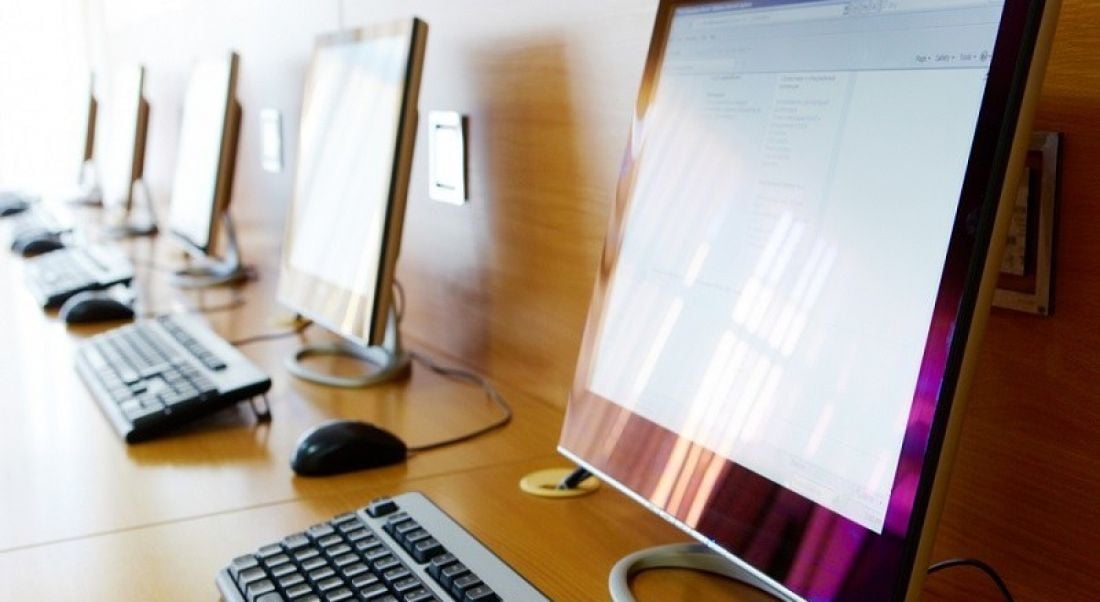The Irish Government has announced a major investment in technology in schools with the launch of the Digital Strategy for Schools, which will invest €210m to expand high-speed broadband and provide digital tools in classrooms.
The Digital Strategy for Schools marks the Government’s single-largest investment in technology in Irish schools, with the aim of further developing ‘21st century skills’ a priority for the Government.
The agreement generally invests money in school-based technology, but the Government and Minister for Education and Skills, Jan O’Sullivan, TD, say that one of the specific priorities will be the roll-out of high-speed WiFi broadband to every second-level school.
Equally important, from the Government’s point of view, is the integration of digital skills – such as coding, and finding ways to allow students to take in-depth ICT courses at Leaving Cert level – into the curriculum.
This could be expanded further to allow a student to embed their digital skills within other subjects taught on the curriculum.
“It’s important that we can walk before we run”
Teachers will also be expected to chip in, with ICT skills to become part of initial teacher training, as well as training courses later in a teacher’s career.
Speaking of the strategy, Minister O’Sullivan said, “We are at a turning point in the use of technology in teaching and learning. The technological landscape is unrecognisable from where we were even a decade ago. Digital technologies are now part of everyday life. We must equip our learners to be able to live and work in this rapidly changing world”.
Meanwhile, the National Association of Principals and Deputy Principals (NAPD) has welcomed the news, but has stressed the importance of establishing high-speed WiFi as the main priority.
“Schools need to be equipped with the right infrastructure and, while we welcome the commitment to bring high-speed WiFi to every school in the country, it’s important that we can walk before we run,” the NAPD said in a statement. “Broadband connectivity for schools right around the country needs to be prioritised first. It’s vital that this deficit, particularly prevalent at primary level, is addressed in the first instance.”
Computer screens in school image via Shutterstock




